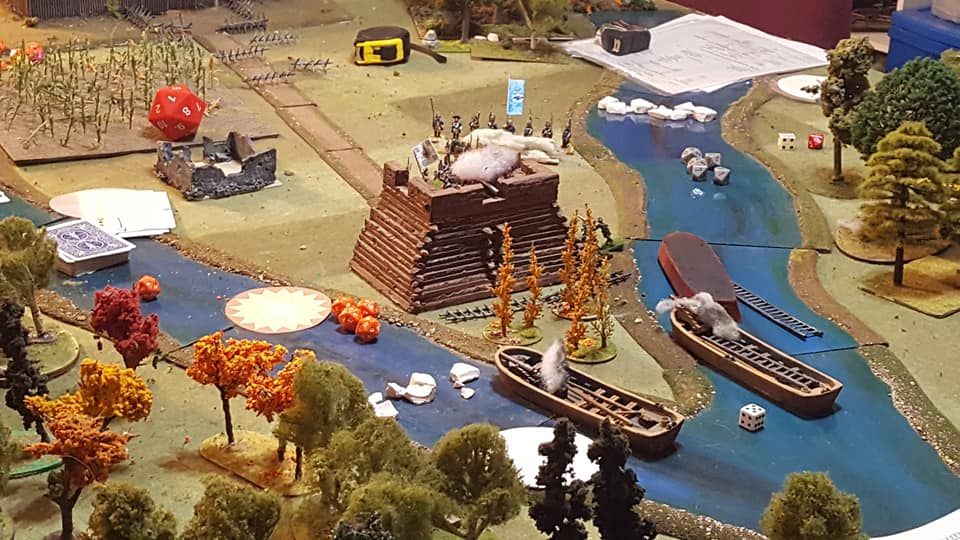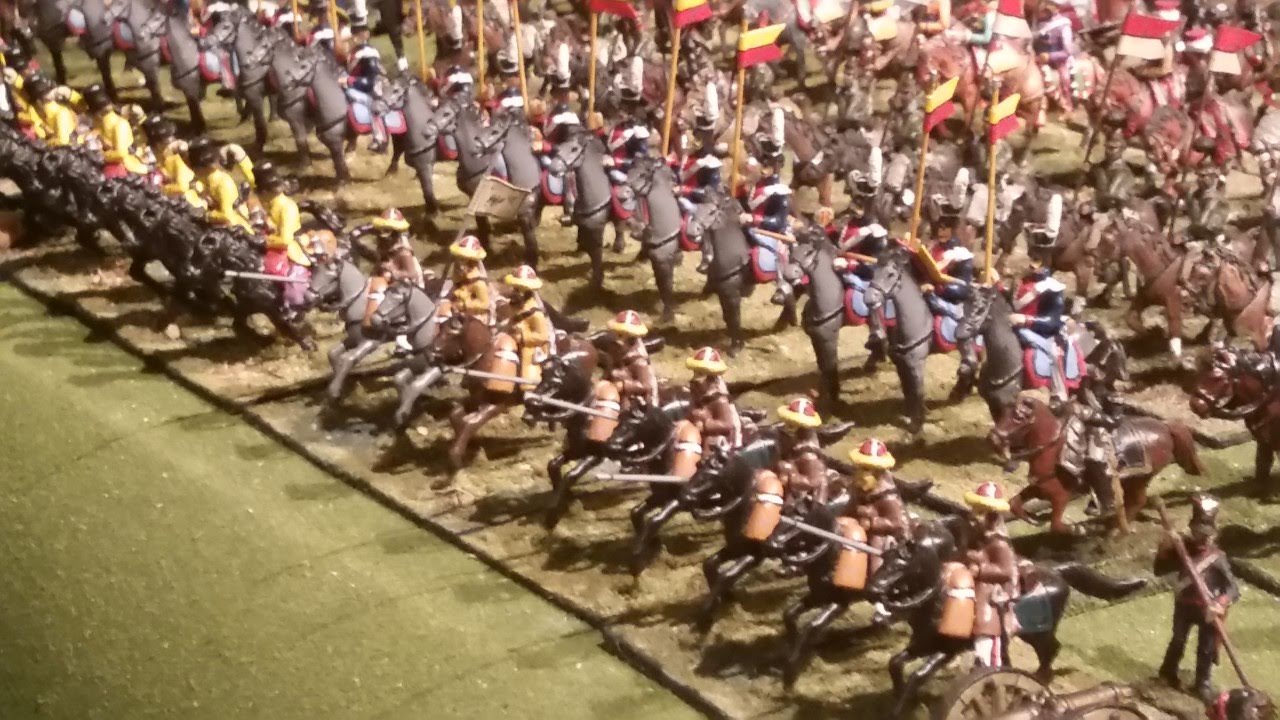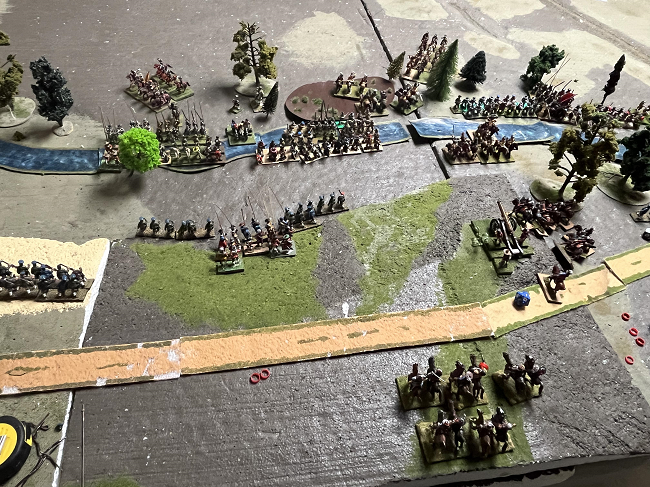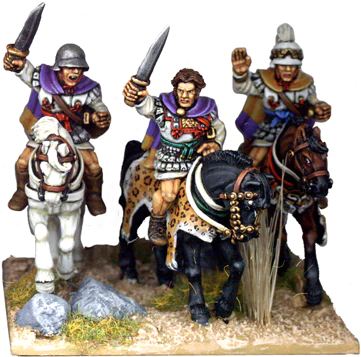Wargaming terrain refers to the elements and features that represent the battlefield environment in tabletop wargames. Terrain plays a crucial role in adding tactical depth, strategic considerations, and visual immersion to wargaming. Creating or using suitable terrain enhances the game play experience and helps bring battles to life.
Wargaming terrain can represent various types of features found in real-world environments, including natural and man-made elements. Common terrain types include:
- Forests and Woods: Depicting densely packed trees or wooded areas that can restrict movement, hinder visibility, and provide cover.
- Rivers and Water Bodies: Representing water features that may act as barriers, offer defensive positions, or create movement challenges.
- Buildings and Structures: Depicting urban or rural structures, such as houses, castles, or bunkers, which provide cover and strategic positions.
- Roads and Paths: Representing established pathways or routes that may influence movement or provide strategic advantages.
- Fields and Open Spaces: Depicting open, flat areas that allow for easier movement and visibility but may lack cover.
- Hills and Mountains: Representing elevated areas that provide advantageous positions, line of sight blocking, or cover for units.
Consider the scale and proportions of the terrain elements relative to the miniatures or game pieces used in the wargame. The size and spacing of terrain features should be appropriate for the chosen scale to maintain visual coherence and game play balance.
Adding details and realistic elements to the terrain enhances the immersion and visual appeal of the wargaming experience. This can include adding texture to represent different ground surfaces, incorporating small props or scatter terrain (such as crates, barrels, or rocks), and using realistic colors, weathering, or foliage.
Creating modular terrain pieces or using pre-made modular terrain systems allows for flexibility and adaptability in setting up different scenarios or varying the battlefield for different games. Modular terrain can be rearranged or combined to represent different landscapes and environments.
Consider the line of sight and cover aspects provided by the terrain. Terrain features should offer opportunities for tactical decision-making, strategic positioning, and the ability to block or limit visibility.
Ensure that the placement and configuration of terrain elements are fair and balanced for both players. This helps maintain a level playing field and prevents any unintended advantage for one side.
Proper storage and transportation solutions are essential to protect and preserve wargaming terrain. Consider using labeled storage containers, foam inserts, or dedicated terrain storage solutions to keep the terrain organized, secure, and easily accessible.
Tailor the terrain elements to fit the historical period, setting, or theme of the war game. This adds authenticity and helps players connect with the narrative or context of the battles being simulated.
Design terrain that is practical and easy to use during game play. Consider factors such as stability, ease of movement for miniatures, and clear access for players to manipulate their units on the terrain.
Terrain is a vital component of wargaming, creating realistic and immersive battlefields and adding depth to game play. Whether you create your own terrain pieces or use pre-made terrain options, thoughtful consideration of terrain design and its interaction with game play mechanics will enhance the overall war gaming experience.
Shop Amazon for: Wargaming Terrain








